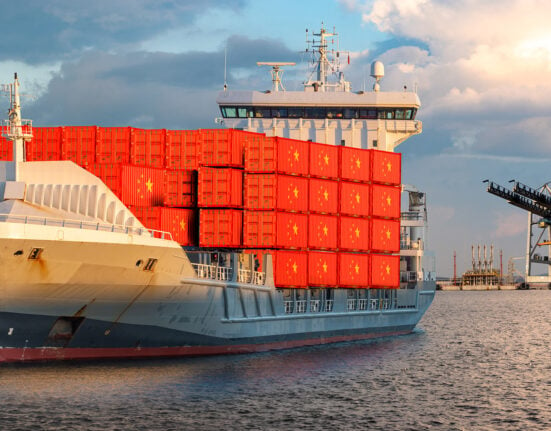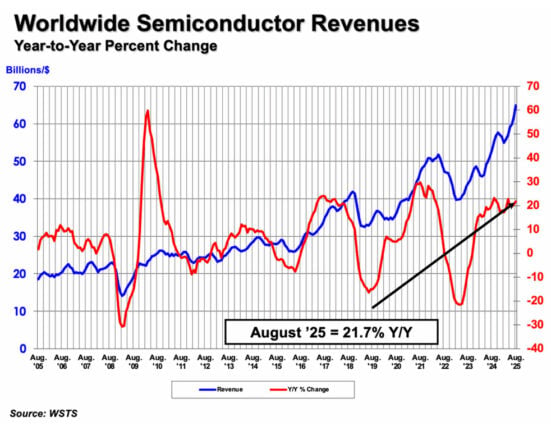In aerospace and defence, where programmes can span decades, secure and traceable supply chains are vital in ensuring successful programmes are delivered on time and within budget. From managing obsolescence and regulatory risk to mitigating geopolitical disruption, early procurement decisions can determine long-term success. This article explores the key risks and how to address them through informed sourcing strategies.
Supply chain decisions made at the start of an aerospace or defence programme can define its long-term success. Components chosen today may need to remain available and compliant decades from now. Yet, the market conditions surrounding those components continue to shift.
As geopolitical tensions increase and regulatory frameworks continue to evolve, secure and traceable supply chains have become critical. Failing to address these requirements can result in delays, spiralling costs and can even compromise operational readiness.
Recent developments highlight why this issue can no longer be ignored. For example, in early 2025, the United States extended its export controls by directing major semiconductor software firms to halt sales to China.
Understanding the risks and how to mitigate them is now essential for those designing and sourcing for complex, long-life systems.
Plan for obsolescence – why lifecycle thinking matters
Aerospace and defence programmes often run for 20 years or more.
Components selected during development must remain available through production and long into the support phase.
However, the electronics industry evolves far more rapidly. Many fabrication lines serving military markets closed during the COVID-19 pandemic and some will not return, creating gaps in availability. When obsolescence strikes, unprepared teams may need to redesign systems or source scarce parts through diminishing channels, both of which increase cost and delay.
Proactive lifecycle planning remains the most reliable strategy. By anticipating future support needs and making informed component choices, teams can reduce the risk of costly interventions later in the programme.
Traceability – the backbone of regulatory compliance
The regulatory landscape is more complex than ever. Defence and aerospace programmes face high compliance demands with ITAR restrictions, end-user controls and expanding sanctions regimes. Raw materials essential for manufacturing electronic components are at risk with tin, tantalum, tungsten, and gold being monitored for some time. Furthermore, cobalt, copper, graphite, lithium, mica and nickel are now under increased scrutiny.
Traceability is non-negotiable. Components must be documented from source to final application. Without this transparency, programmes risk penalties, reputational damage and compromised operational readiness.
A structured approach to traceability, underpinned by strong documentation and audit trails, gives stakeholders confidence and supports responsible, compliant sourcing practices.
Choosing components that stand the test of time
Component decisions must consider more than upfront cost. For long-duration programmes, stability and longevity of supply are paramount.
Military-grade components offer lifecycle certainty. For example, suppliers like VPT, who provide power conversion solutions for use in avionics, military and space applications, offer long-term commitments and support critical parts well beyond typical commercial cycles. While those products come at a premium, that cost reflects the security they bring to a programme.
In contrast, commercial components may be phased out with little notice. The cost of redesigning around an obsolete part often outweighs any initial savings.
Procurement teams would be well advised to prioritise lifecycle security, especially for critical systems, by selecting parts that offer dependable long-term availability and by working with partners who support collaborative, flexible supply chains.
Geopolitical considerations in sourcing
Global sourcing now demands a geopolitical lens. Taiwan leads in some manufacturing areas, but political tensions could be seen to cloud its long-term reliability. Japanese firms offer high quality, but observers fear they may be constrained by export controls. US-sourced components maintain strong credibility but can come with unpredictable tariff-related cost implications.
No sourcing strategy is risk-free. That’s why diversification and geopolitical analysis should be part of design-phase decision-making. Balancing sourcing choices helps maintain supply continuity and shields programmes from regional instability.
Building resilience through strategic procurement
Supply chain resilience requires a forward-looking mindset. Procurement leaders must:
- Prioritise traceability from the outset
- Select components with stable, long-term support
- Analyse geopolitical exposure
- Build relationships with agile, transparent suppliers
These actions, taken early in the programme lifecycle, reduce disruption risk and safeguard delivery.
Secure, traceable supply chains are no longer a secondary consideration. They are foundational to success in today’s aerospace and defence programmes. Investing in these capabilities protects not only delivery timelines and budgets, but also the long-term integrity and operational readiness of mission-critical systems.
By Tom Freeman, Franchise Manager, Solsta
This article originally appeared in the July/August issue of Procurement Pro.














